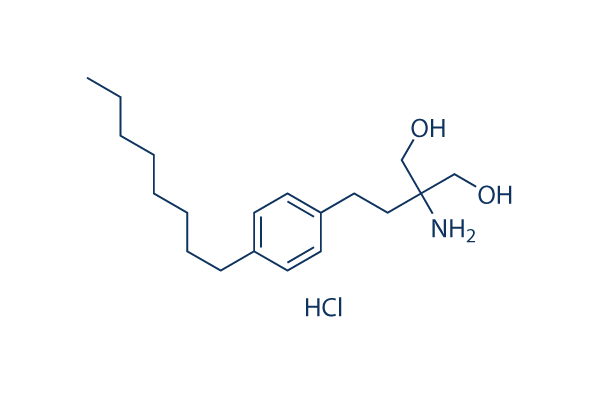LY294002 inhibited tumor growth, and p Akt was reduced in these tumors. The recognition that the PI3K pathway has gained as a putative target in cancer therapy is reflected by the current raise in literature regarding novel PI3K inhibi tors. Preliminary data from a phase I study of your oral PI3K mTOR inhibitor, NVP BEZ235 was carried out in patients with histologically confirmed, advanced, unresectable solid tumors. The findings inside the breast and colorectal individuals which have been reported showed that NVP BEZ235 was effectively tolerated having a favorable safety profile. There is certainly also emerging evidence that mTOR activation might play a role in promoting cell survival via the activation of antiapoptotic proteins that contribute to tumor progression.
Given that the mTOR pathway is deregulated NSC 14613 91396-88-2 in a variety of cancers, it was anticipated that mTOR inhibitors would have broad therapeutic application across lots of tumor varieties. Two mTOR inhi bitors happen to be authorized for use in metastatic RCC. Both have clinical activity within this disease, on the other hand pri mary and acquired resistance limit their use, and our studies suggest that the addition of a PI3K inhibitor might result in enhanced outcome. Although both wort mannin and LY294002 have offered tools to study PI3K inhibition in pre clinical models, the clinical use of these compounds is restricted resulting from their chemical prop erties, lack of specificity and poor tolerability. Offered the diversity of activity of PI3K household members, isoform selective inhibitors could potentially be much better tolerated. Compounds that inhibit the p110a and p85 subunits with a higher degree of selectivity are in improvement.
Examples involve the kinase inhibitor STA-9090 semi synthetic viri din and wortmannin derivative PX 866 which has entered Phase I trials, the LY294002 RGDS conjugated pro drug SF 1126 which has entered Phase I II trials. GDC 0941 is really a Pan class I PI3K inhibitor in Phase I trials. The Exe lexis compounds XL 147 and XL 765 are also in Phase I trials. In our models, activity of LY294002 alone in RCC cell lines was restricted, with IC50s within the micromolar variety. Although this compound can also be a weak inhibitor of mTOR, there are actually a number of prospective mechanisms of resis tance to PI3K inhibitors when administered alone. As an example, Akt could be activated by PI3K independent mechanisms including mTORC2 activation.
Members in the MAPK pathway happen to be shown to activate Akt as well, ERK and RSK inhibit TSC2, which can result in mTOR activation despite productive PI3K inhibition, as reviewed. Other people have shown that inhibition of PI3K leads to down regulation of S6K, a unfavorable regu lator of PI3K via phosphorylation and inhibition of insulin receptor substrate 1, causing a  unfavorable feedback loop, as reviewed by Chalhoub and Baker. 1 prospective technique to overcome this resistance to pure PI3K inhibition is co inhibition of your down stream mediator, mTOR.
unfavorable feedback loop, as reviewed by Chalhoub and Baker. 1 prospective technique to overcome this resistance to pure PI3K inhibition is co inhibition of your down stream mediator, mTOR.
PDGF Signal
PDGF signal transduction inhibition ameliorates experimental
